

Dean of the Faculty of Economics, PhD, Associate Professor
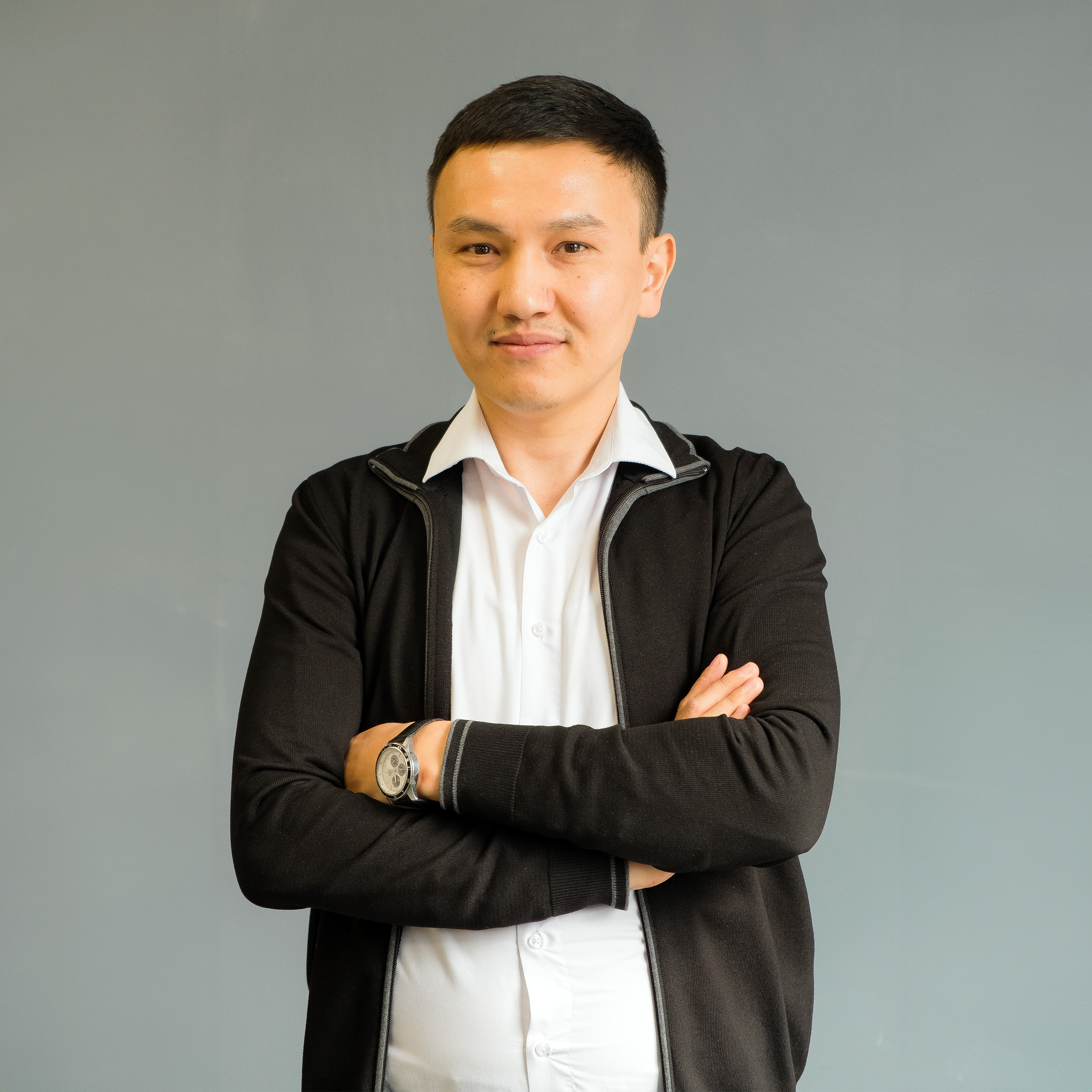
Head of the Department of Architectural Design, Associate Professor, Doctor of PHD

Deputy Dean for VS and SV , Master of Science, Assistant Professor

Head of the Department of Product Design, Associate Professor, Doctor of PHD
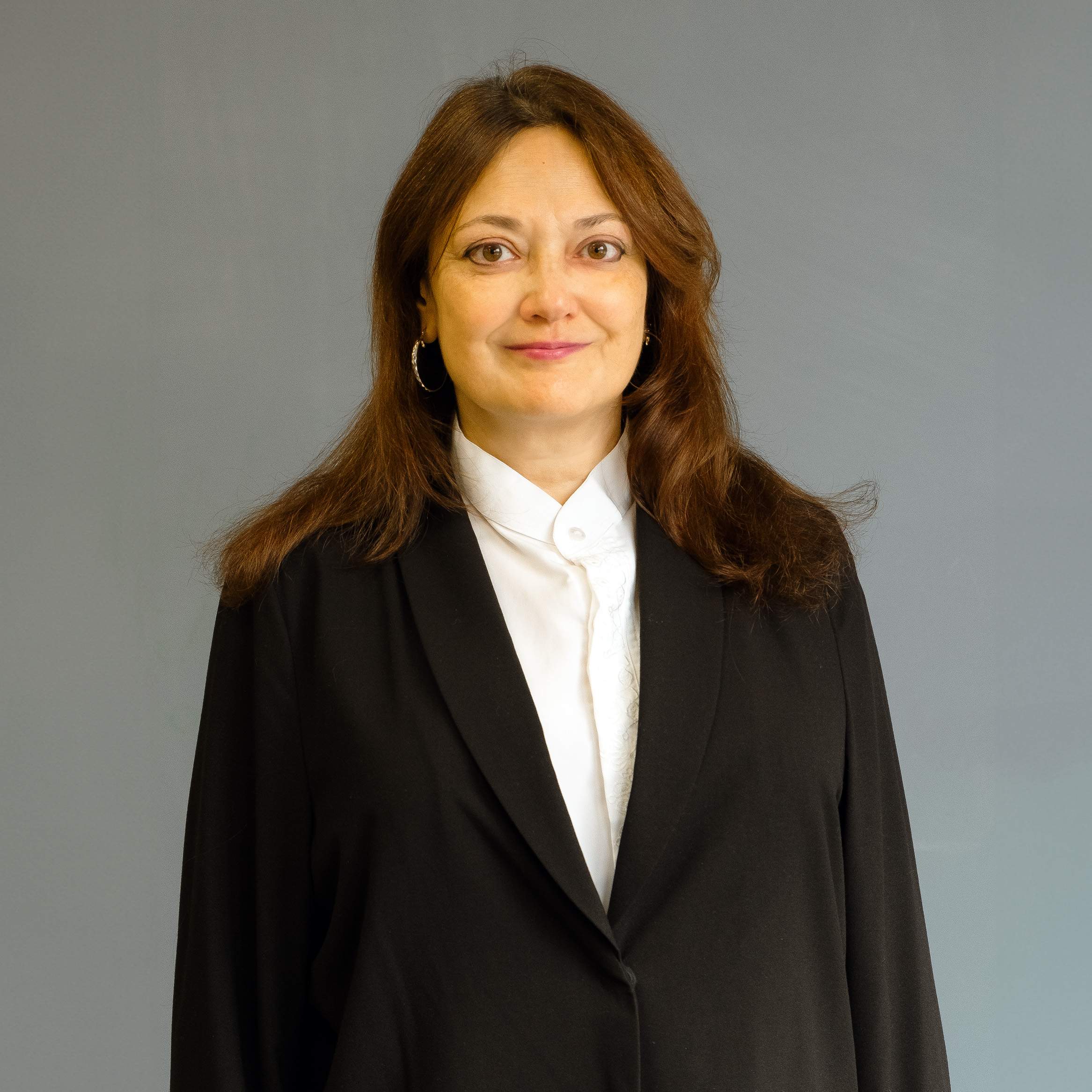
Head of the Department of Graphic and Media Design, Master of Science, Specialist, Assistant Professor

Head of the Department of Product Design, PhD, Associate Professor
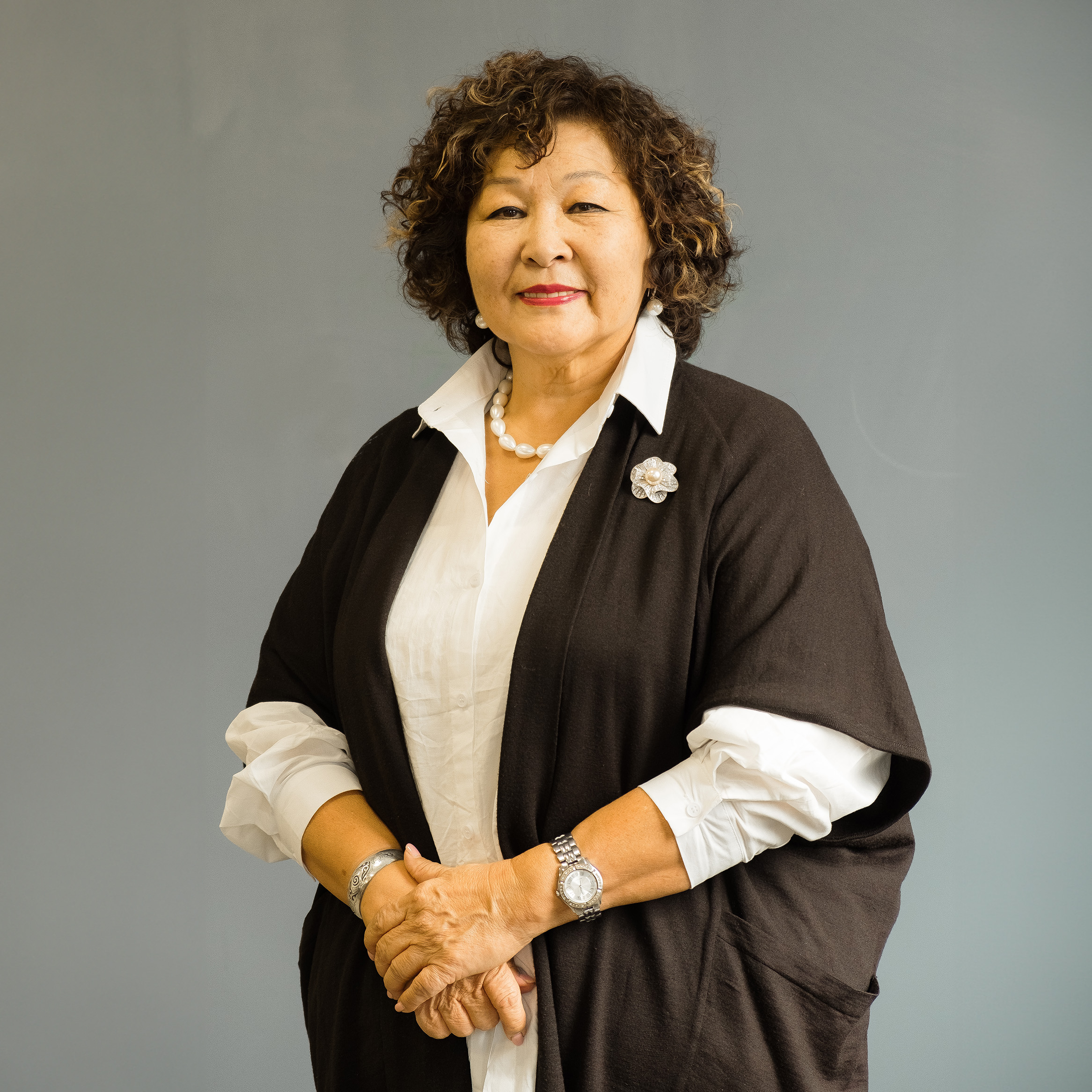
Doctor of Science, Research Professor
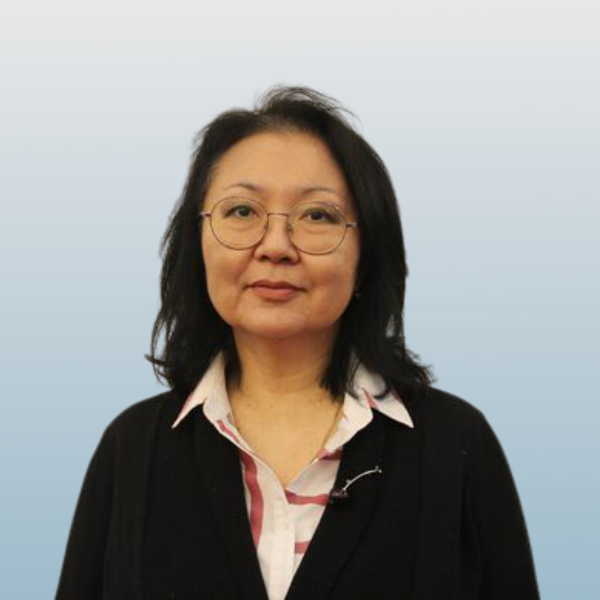
Doctor of Architecture, Professor
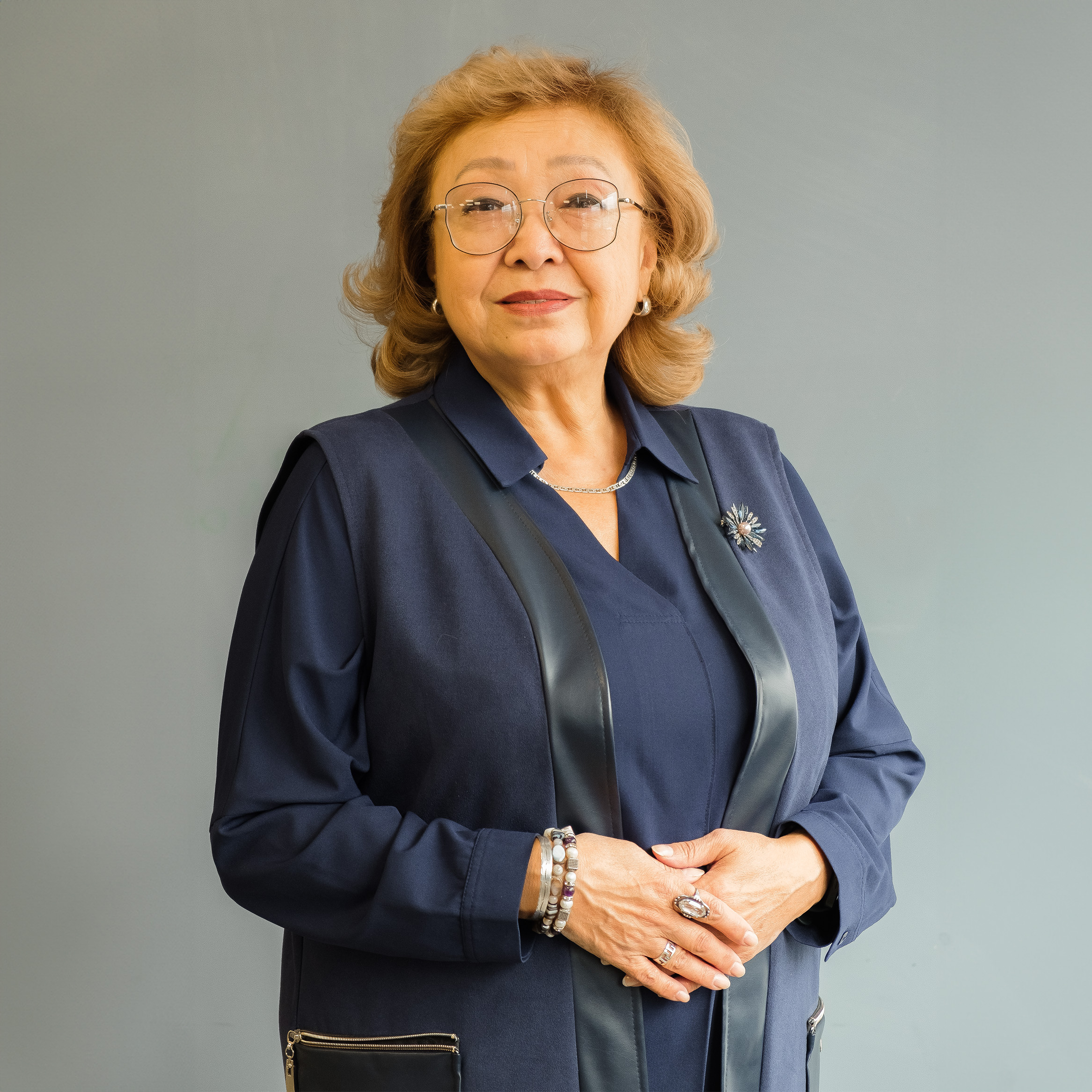
Candidate of Sciences, Professor
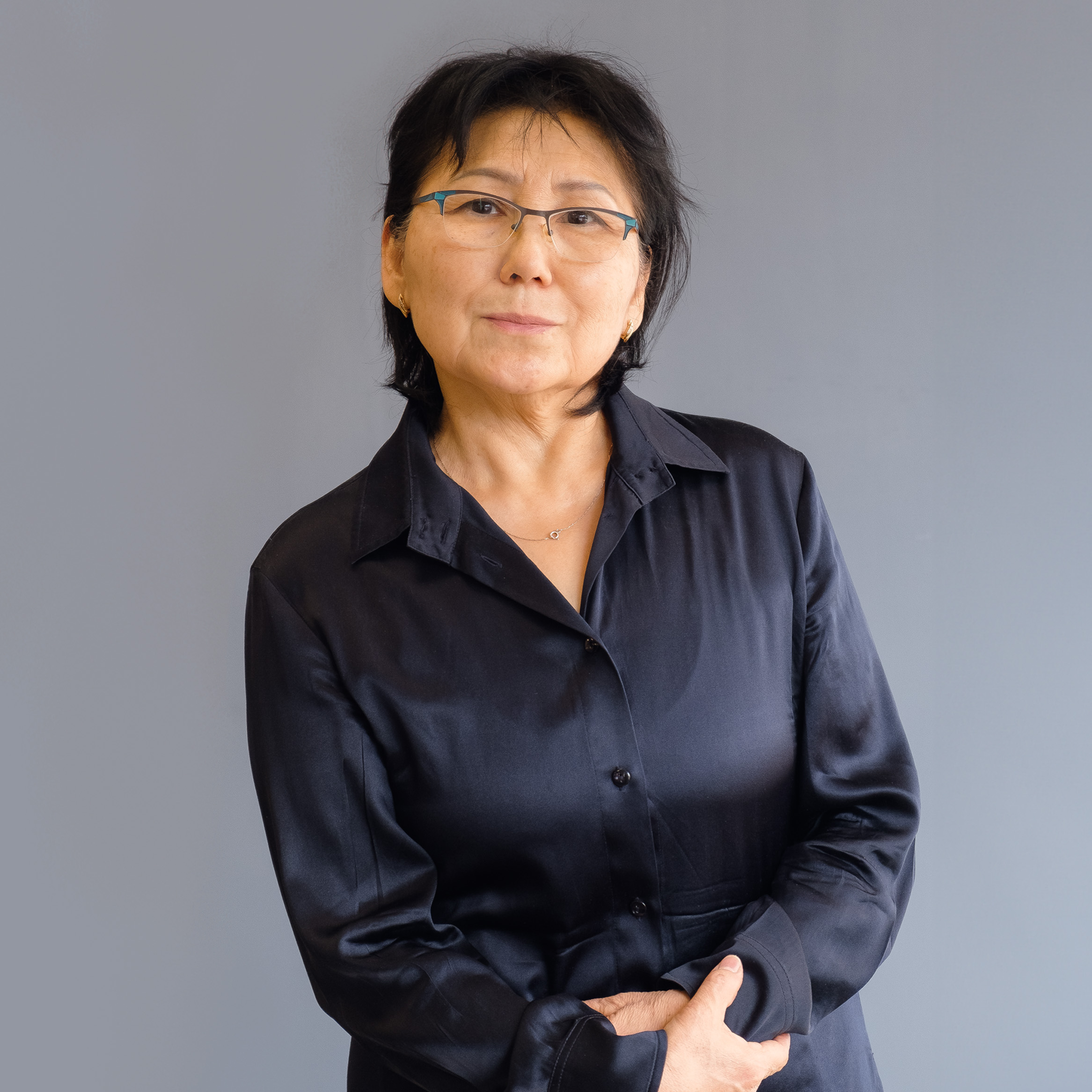
Candidate of Sciences, Associate Professor
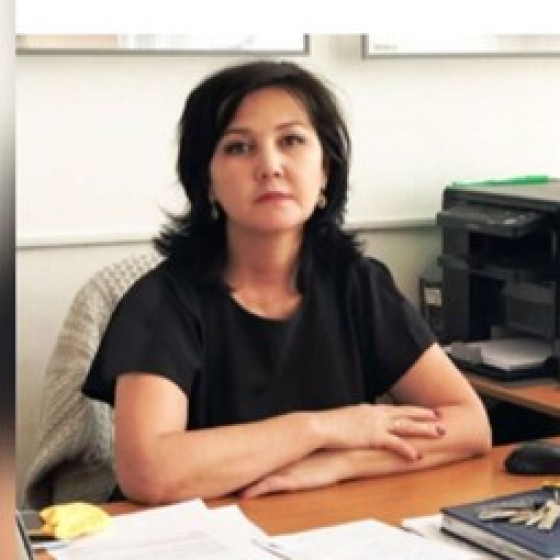
Candidate of Sciences, Research Professor

Head of Laboratory

Master of Science, Assistant Professor
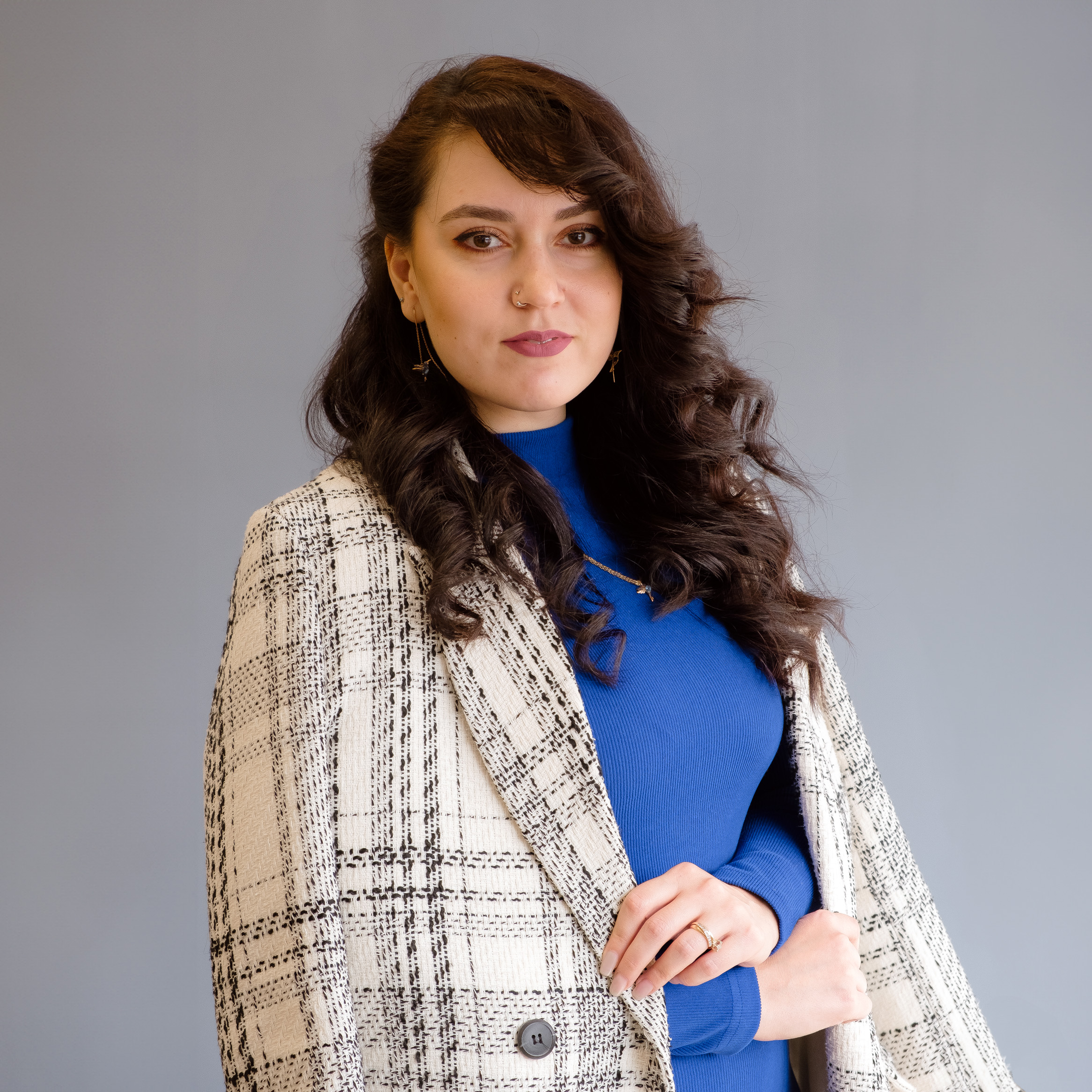
Master of Science, Assistant Professor
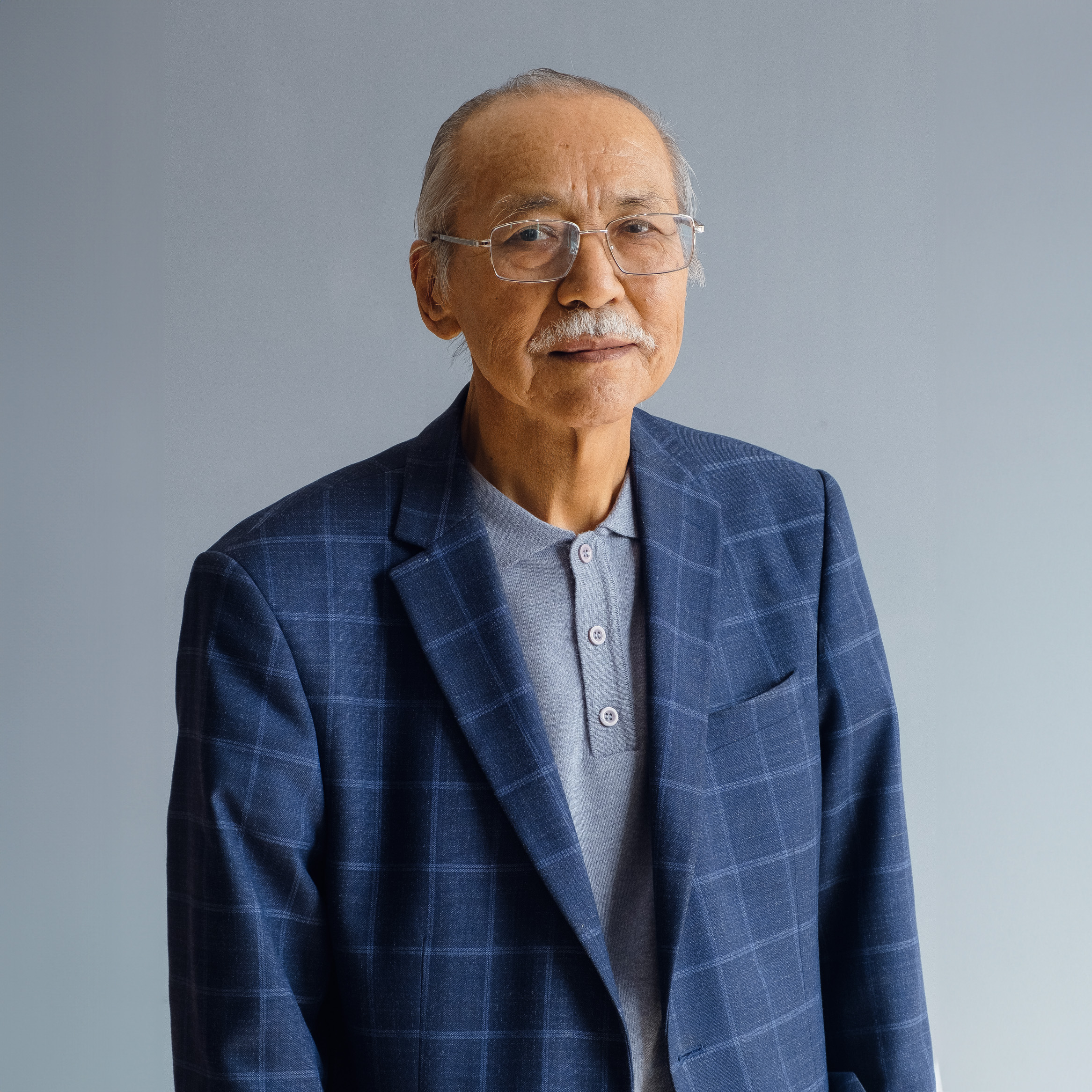
Specialist, Associate Professor
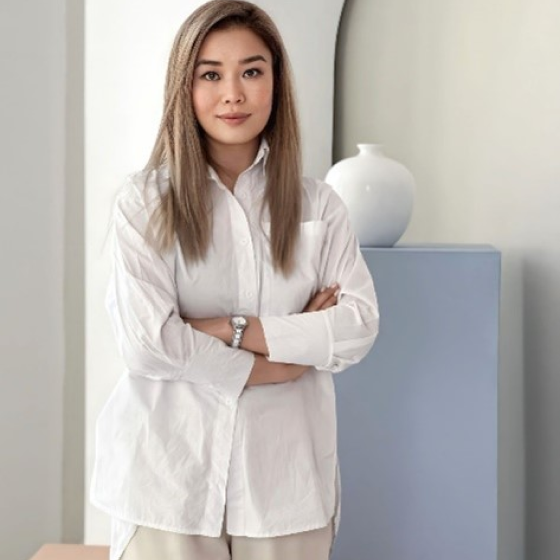
Master of Science, Assistant Professor
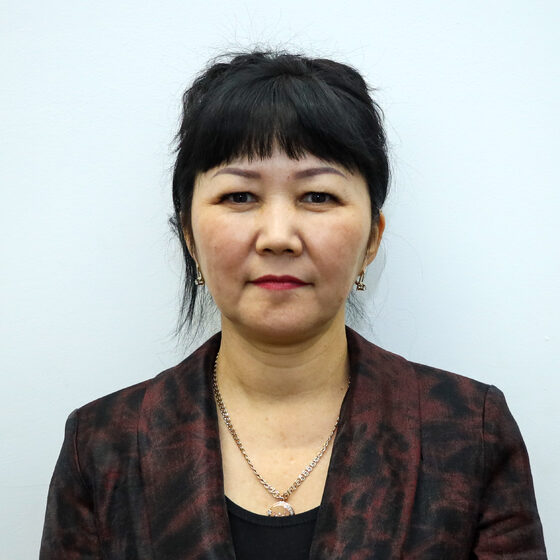
Master of Science, Associate Professor
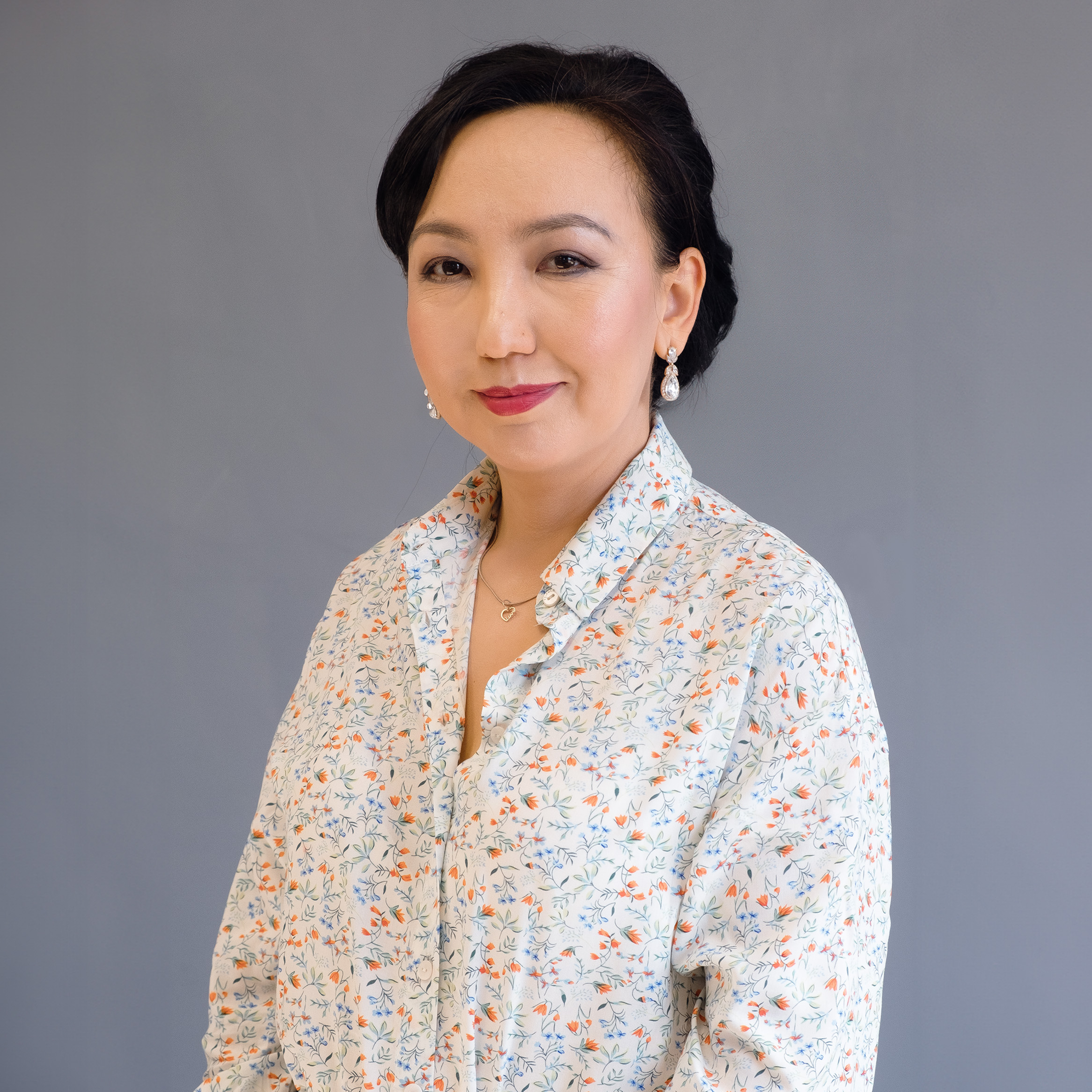
Master of Science, Assistant Professor
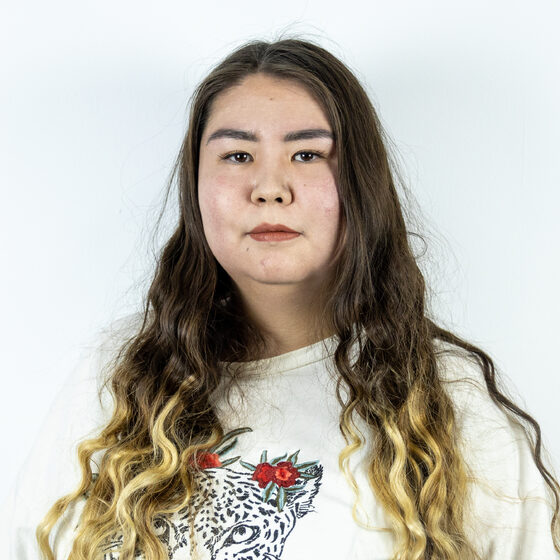
Master of Science, Assistant Professor

Master of Science, Assistant Professor
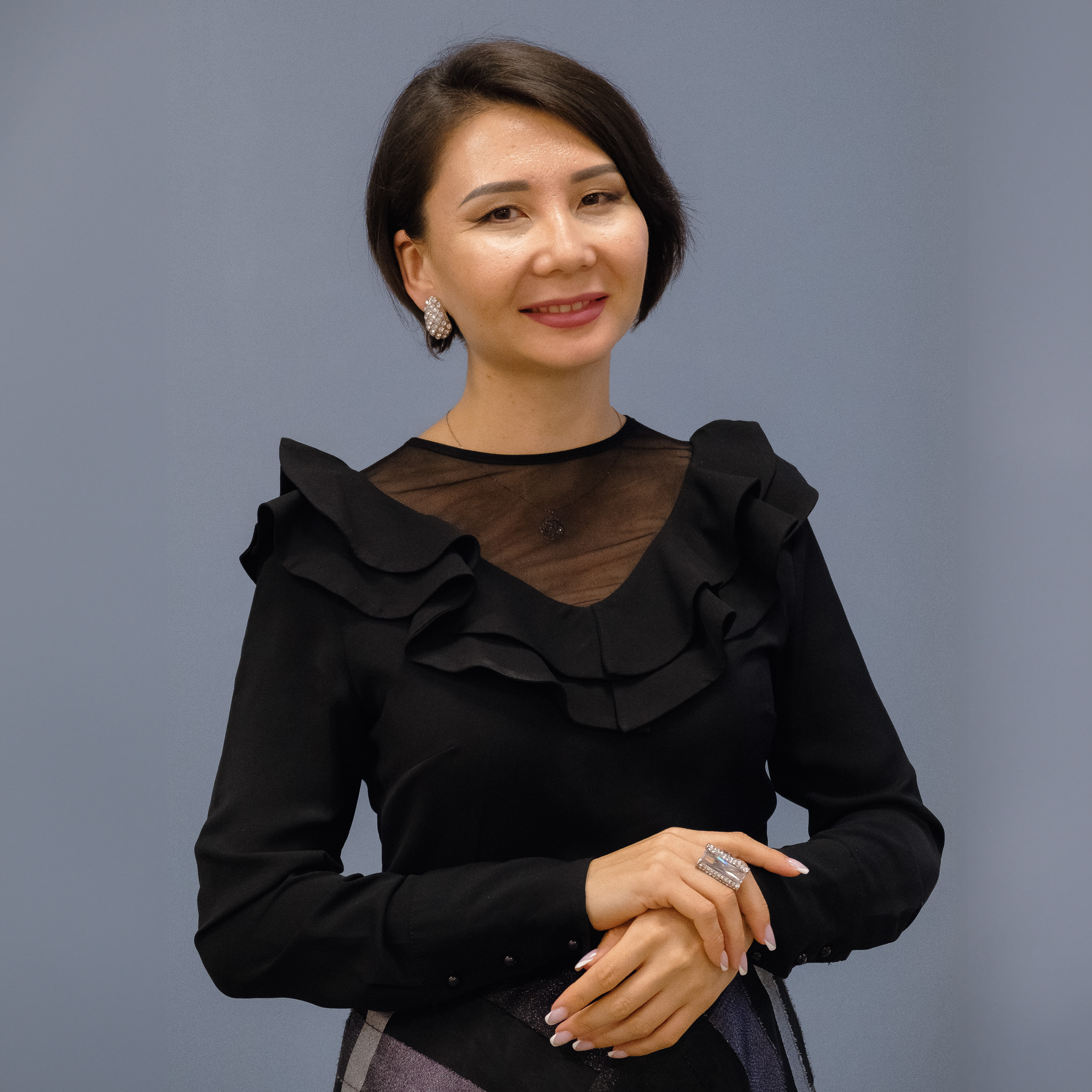
Master of Science, Assistant Professor
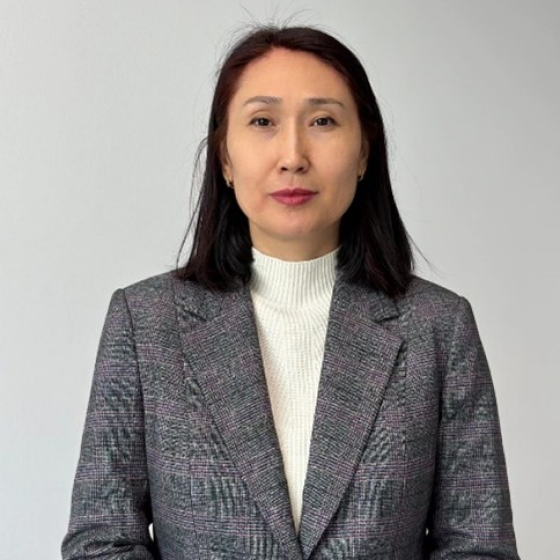
Master of Science, Assistant Professor

Master of Science, Specialist, Assistant Professor

Master of Science, Assistant Professor

Specialist, Associate Professor, Assistant Professor

Specialist, assistant Professor
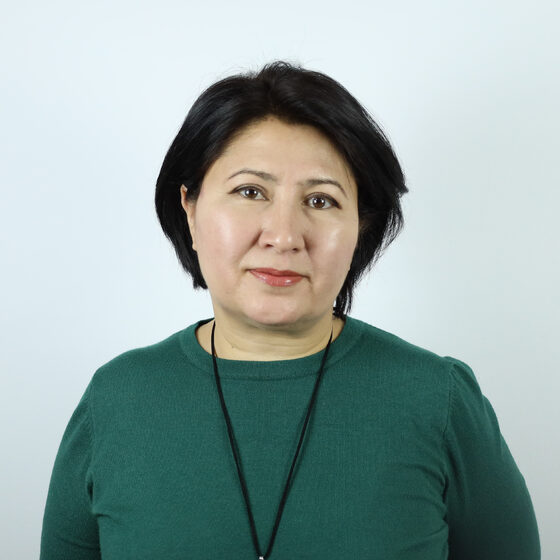
Specialist, assistant Professor
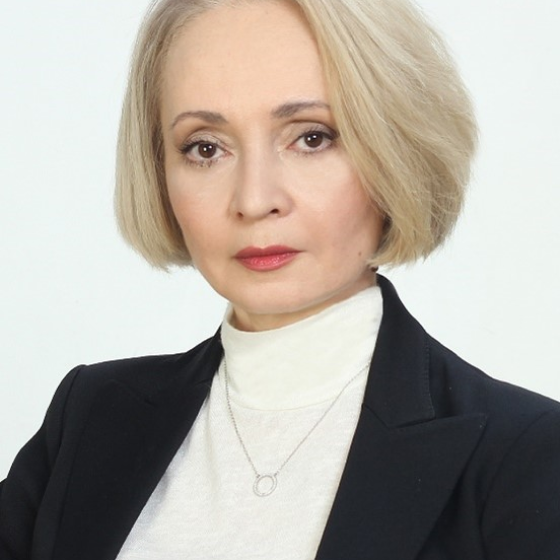
Specialist, assistant Professor
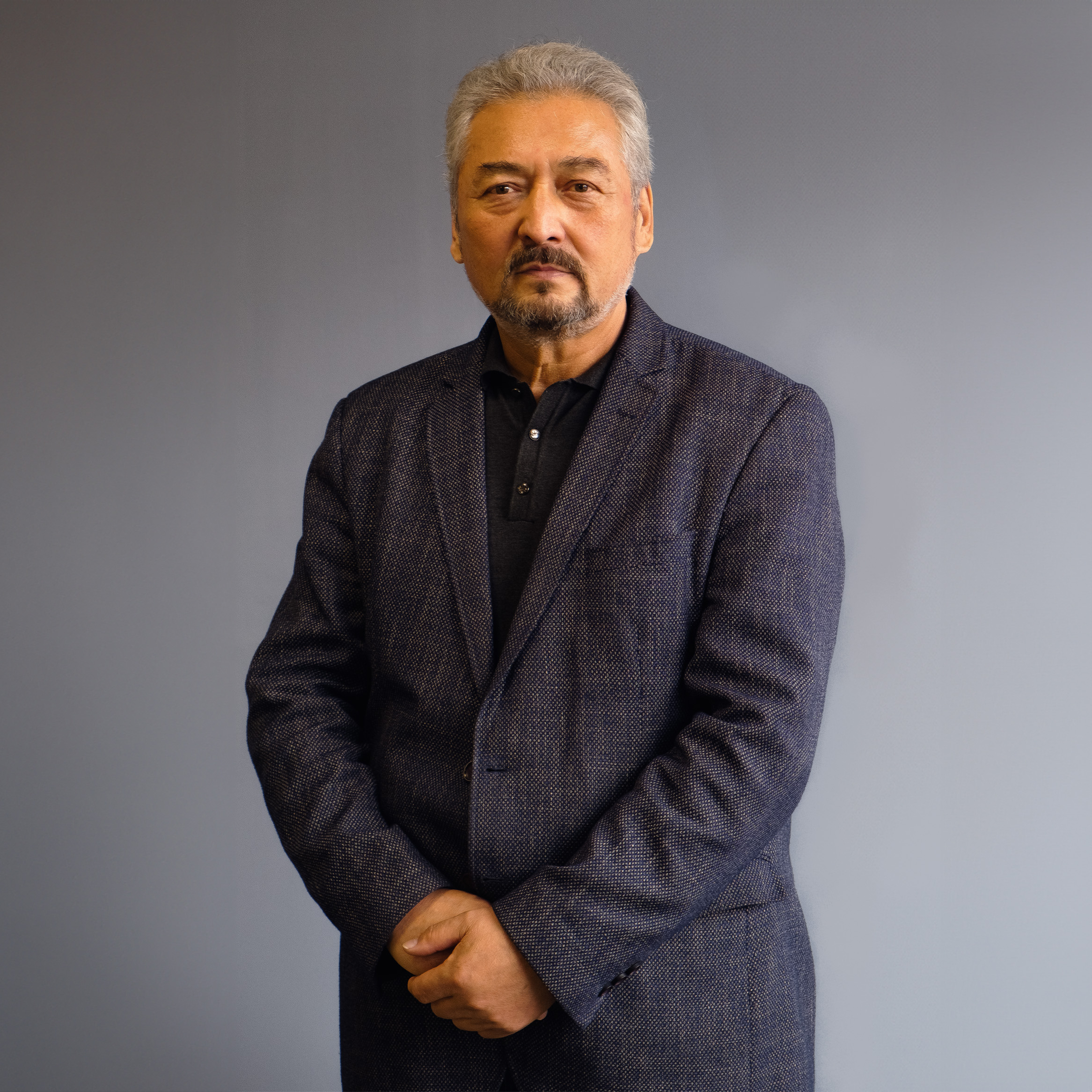
Candidate of Sciences, Associate Professor

Candidate of Sciences, Associate Professor
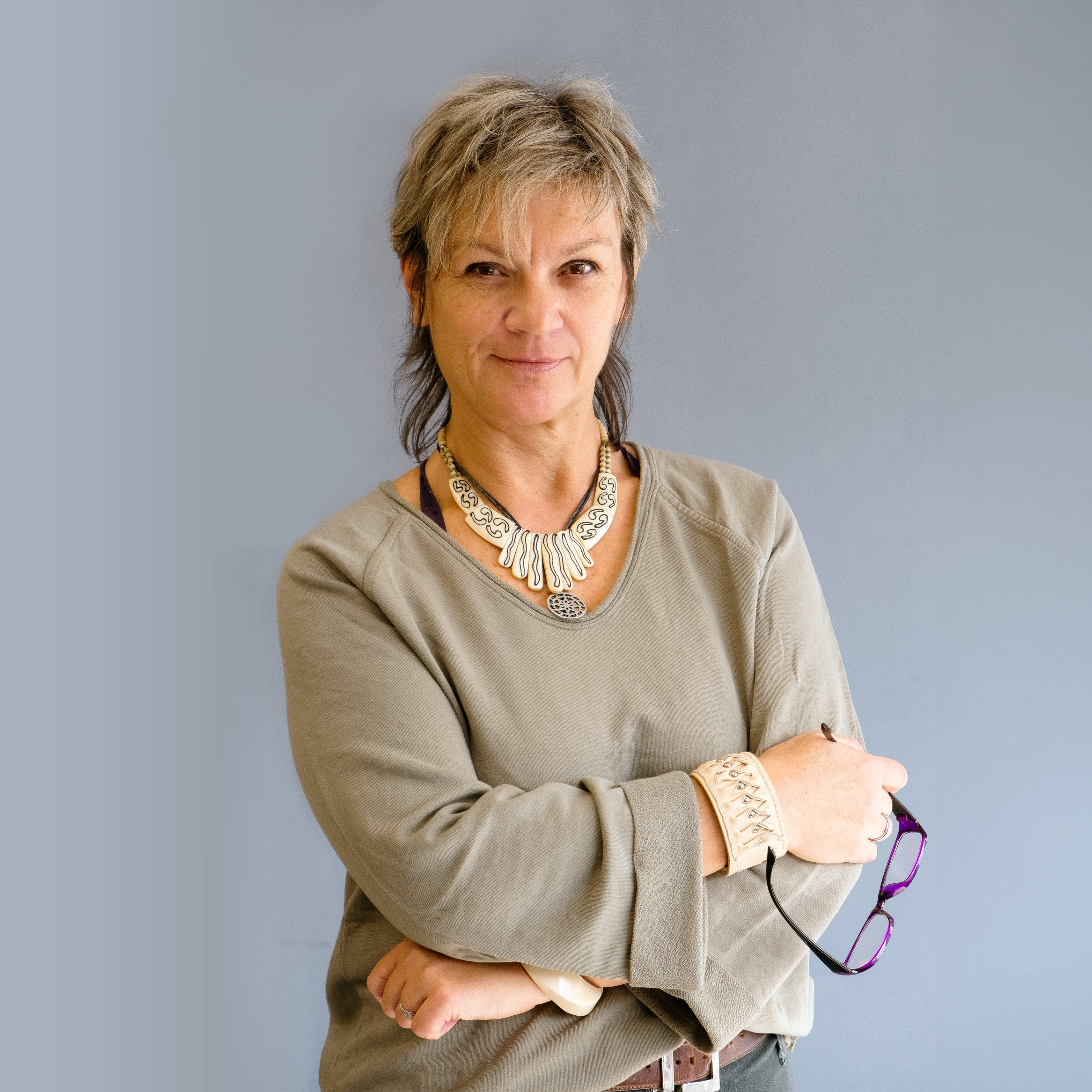
Specialist, assistant Professor

Specialist, assistant Professor
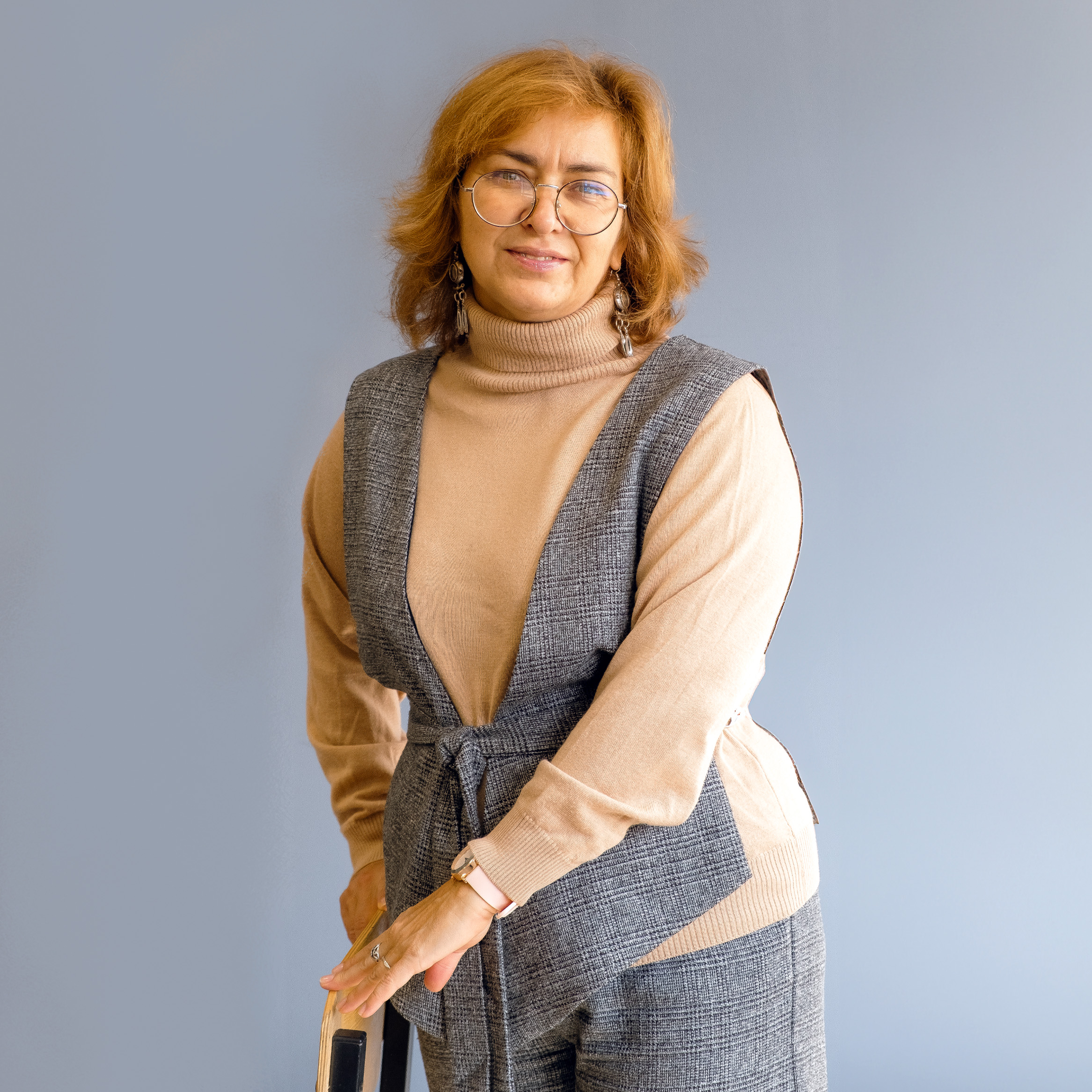
Specialist, assistant Professor
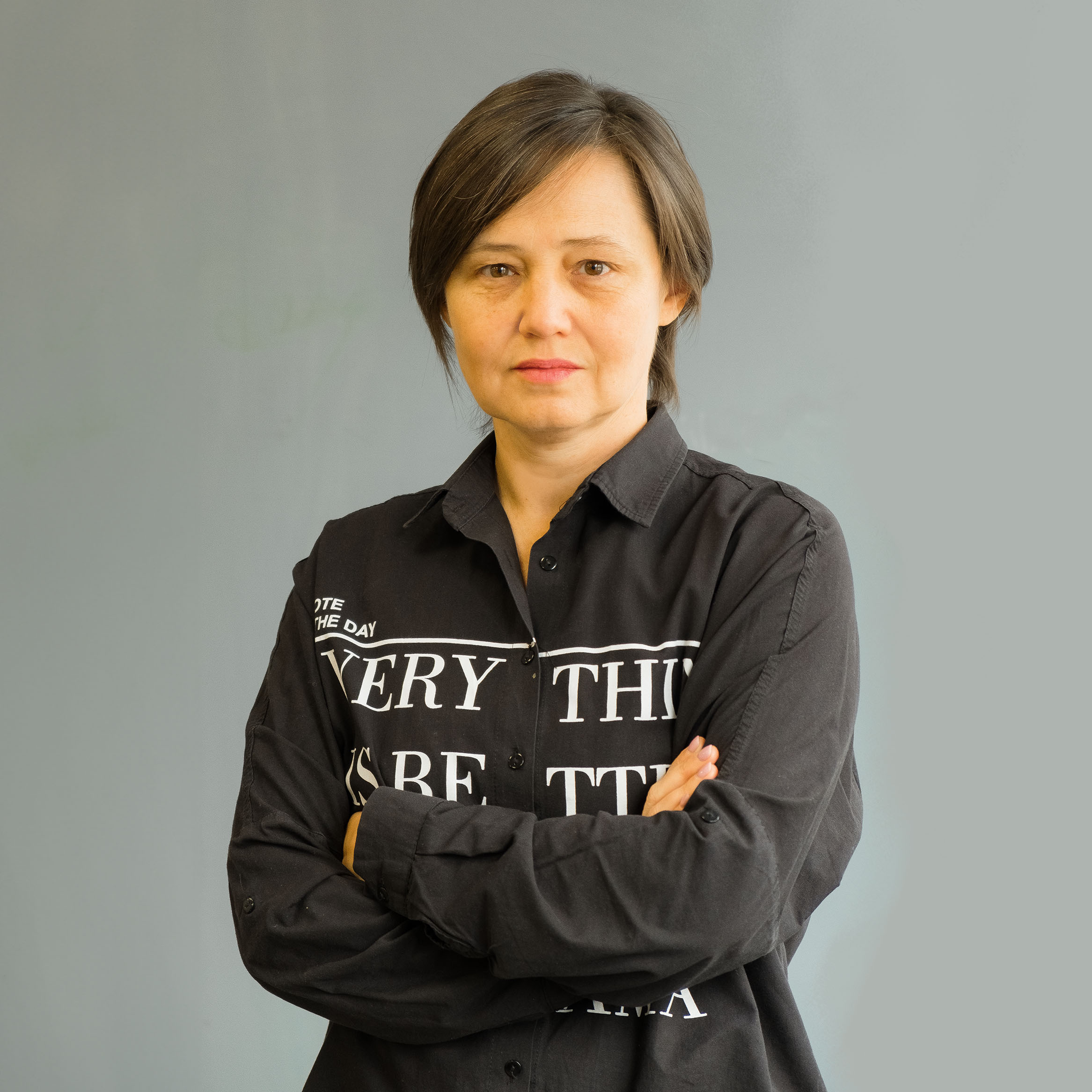
Specialist, assistant Professor
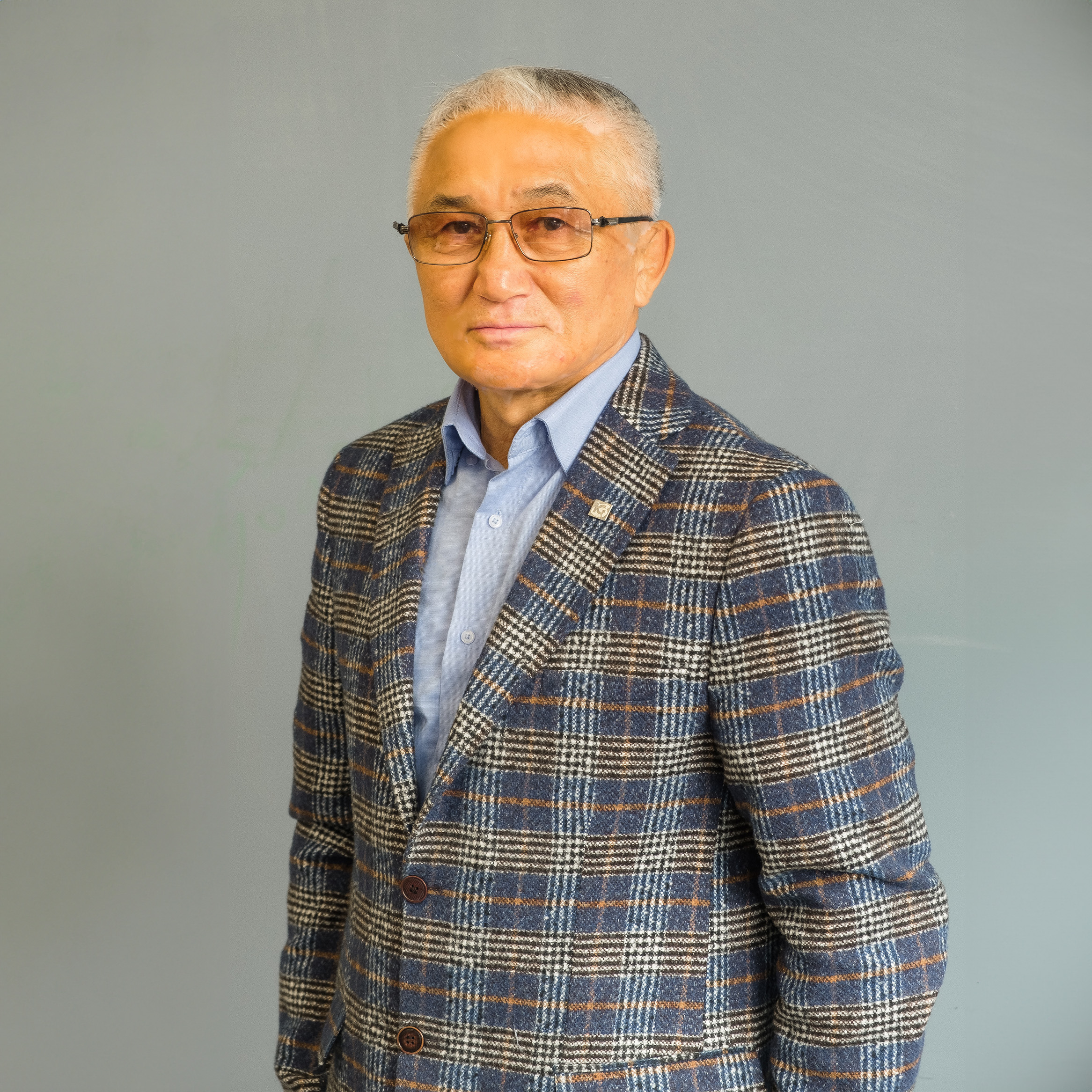
Doctor of Science, Professor
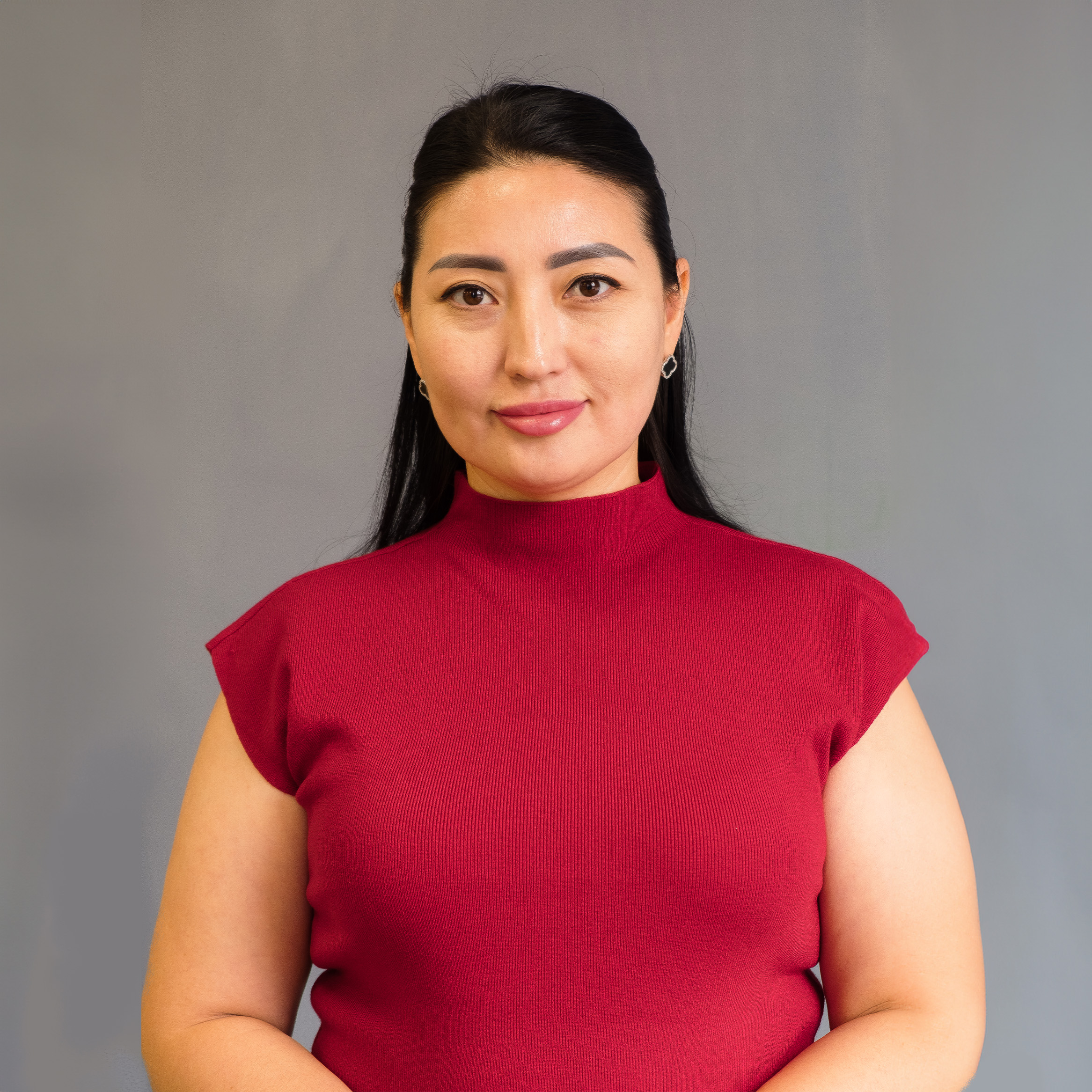
Master of Science, Assistant Professor

Master of Science, Assistant Professor

Specialist, assistant Professor
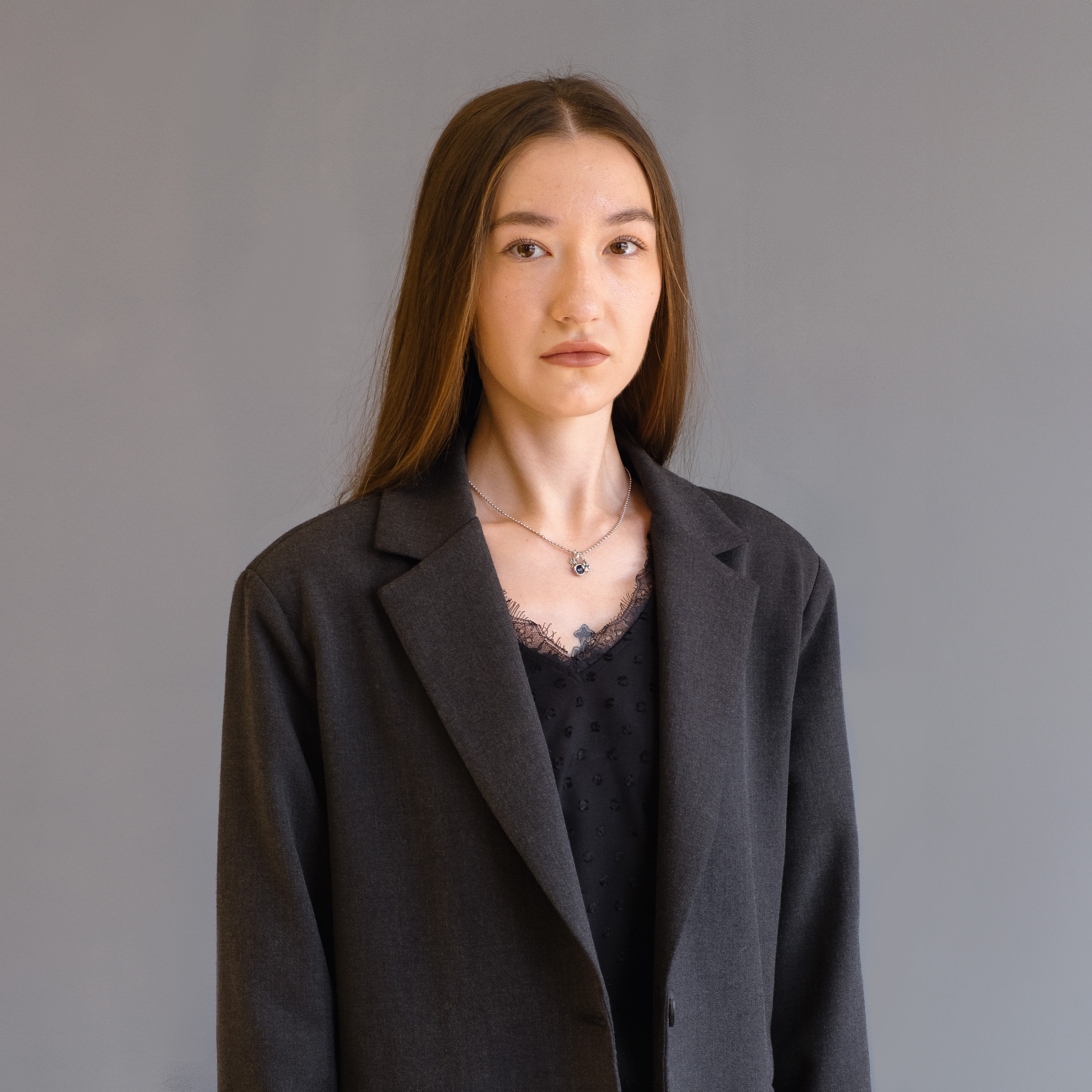
Master of Science, tutor
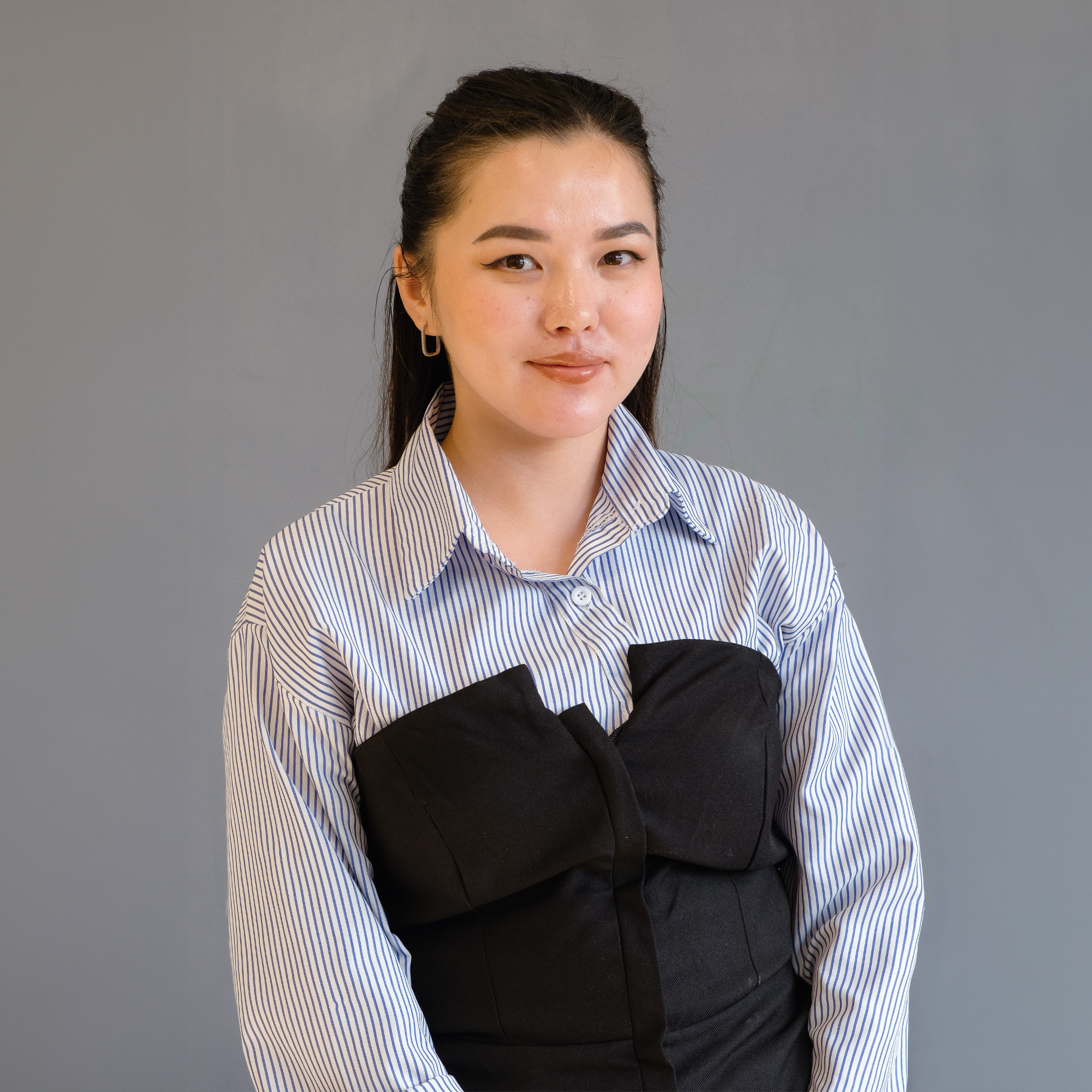
Master of Science, tutor

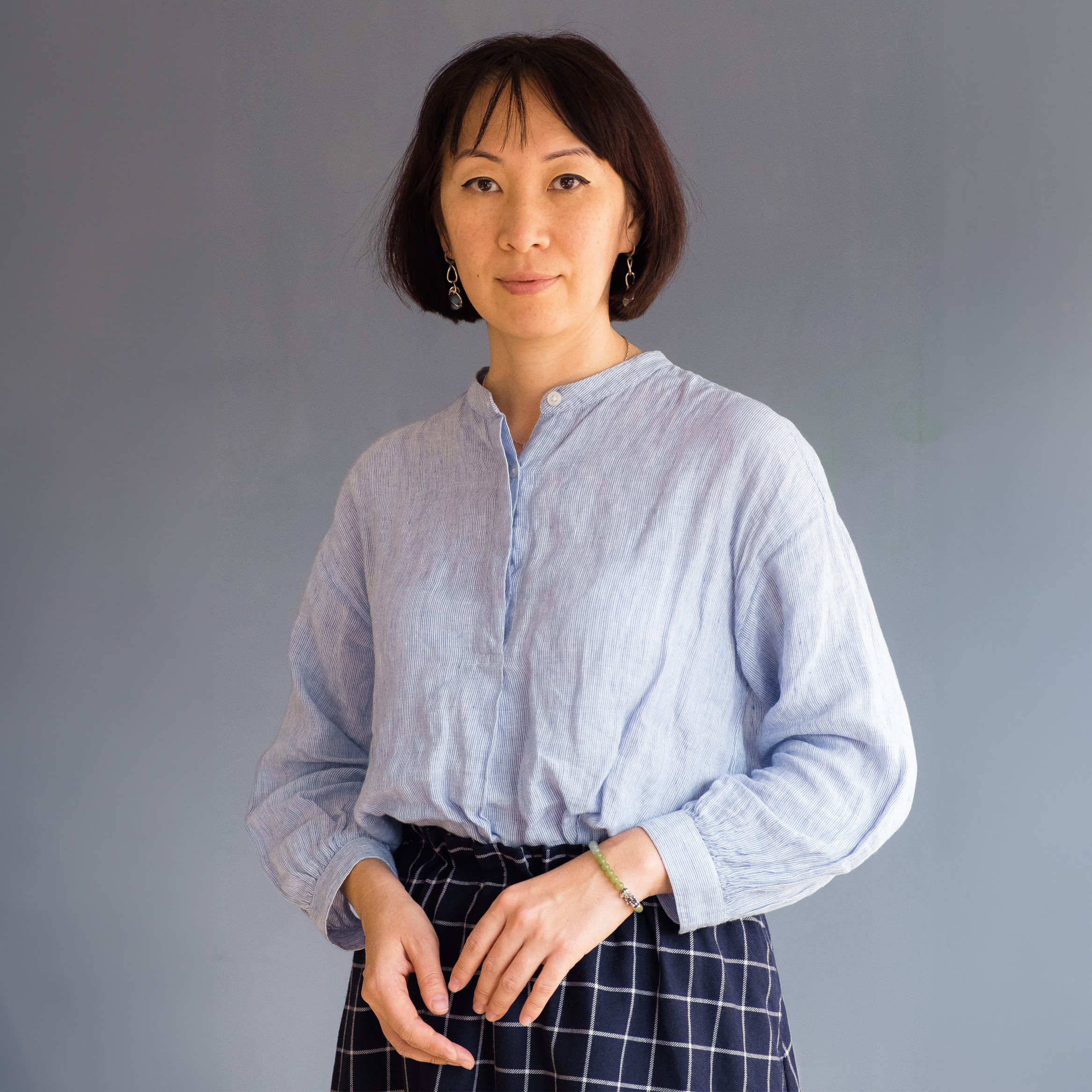
About the IEC
History of creation
Mission and academic policy
Strategic development plan
Academic Council
Applicants
Bachelor
Magistracy
Doctral studies
Preparatory courses
Olympiads of IEC
Students
Educational portal
Academic calendar
Information
News
Screen Reader
Multimedia design is now the most innovative and sought-after type of design creativity. Students of the Educational Program “TV-video design” students work on various creative projects and modern media products. Among them are the study of photography, photography, color and special effects, the development of video and animation clips, motion design, the creation of short films, the creation of video game concept art, etc. Graduates of the TV-Video Design OP find jobs in various film companies, advertising agencies, animation studios, game design studios and other creative segment firms.
Advantages: Students study the basics of film production, taking into account the various features of different periods of the film process. The professional portfolio of such students includes complex short films with visual effects, conceptual solutions for video games, mobile applications, animated videos and other types of digital content. Also, programs such as the Adobe package (Illustrator, Photoshop, Premiere Pro, After Effects, Animation), Da Vinci Resolve, Blender and other media content editors are being studied, which allows you to technically work out and implement creative ideas and ideas.
TV and video design is a relevant specialty in modern times!
Disciplines: Color science, Composition, Fonts, History of material culture and design, Elements and processes of television and staged design (album of graphic works, comics, animatics, remake of movie scenes), Design of objects of television and staged design (creation of complex short films, video game development, creation of music videos), Pavilion photography, Reportage photography, Shooting and lighting equipment, Illustration, Portfolio, Modern design, etc.
Prospects: Specialists in this field are always in demand in the market in positions from an editor, photographer, videographer to a production director, production designer, art director, VFX and CGI specialist, as well as heads of any creative teams creating media content. All this is due to the knowledge, understanding and experience of working on various types of tasks, from creating presentations and developing preparatory materials for various pitchings, to the implementation of full-fledged creative projects in various layers of the media sphere.
The “Fashion Design” educational program is designed to train personnel to work in the field of the fashion industry, possessing theoretical and practical knowledge, skills and abilities necessary for their implementation in professional activities, meeting the needs of the domestic and global intellectual labor markets, ready to make a qualitative leap in the world fashion. The ultimate goal of training a fashion designer is to improve the quality of development and implementation of the designer’s plans, in accordance with modern innovative technologies and reflecting current trends in the field of design, architecture, art and cultural history of peoples, their traditions, customs, to create a harmonious and integral complex of “people” – suit – environment.”
The profession of a costume designer (fashion designer) is now acquiring a high social status and is very relevant. There is a need for specialists who are able to work, focusing on existing demand, in a competitive market environment, which is formed by strong global brands.
The costume designer knows what will be worn next season. They not only predict fashion but dictate it. A costume designer has an understanding of the real market, companies and brands, mechanisms and methods of organizing sales, fashion trends and seasonality principles.
Career opportunities of this educational program
– design and modeling of clothing and products of various assortments and purposes, taking into account structural, technological, aesthetic, stylistic, economic and other parameters using traditional and new methods of artistic design;
– predicts and illustrates fashion;
– masters methods of shaping and figurative expressiveness in costume;
– can evaluate and be an expert in design solutions in the fashion industry;
– develop fashion education programs;
– conducts research activities in the field of the fashion industry and fashion forecasting.
An industrial designer is dedicated to creating and improving the appearance, ergonomics, and user experience of industrial and consumer goods and products. Their responsibilities include market research, concept development, prototyping, collaboration with engineers, documentation development, and product testing. They work in a variety of industries, including electronics, automotive and furniture manufacturing, to create functional and aesthetically pleasing products. Designing the appearance of products allows you to show creativity and bring unique ideas into the creation of functional objects.
Industrial designers work to create products that not only satisfy technical requirements, but also appeal to consumers, thereby making products more competitive in the marketplace. Industrial design aims to create products that satisfy the needs and preferences of users, providing a comfortable and enjoyable interaction with the products. Designers bring innovative solutions keeping in mind the latest trends and technological advancements, which contributes to the growth of the industry.
Demand for professionals: With an increasing emphasis on design and user experience, the demand for skilled industrial design professionals is growing, opening up prospects for a rewarding career. These advantages make the industrial design major attractive to those seeking to combine creativity, functionality, and market impact.
Industrial design professionals have a variety of career opportunities, working in a variety of industries. Some of the main career paths in this field include: product design (working in design studios or companies, which can include a variety of fields, from electronics and home appliances to vehicles and furniture); consulting and freelancing (may include concept creation, prototyping and design consultations); work in the automotive industry; package design; research and development (participation in research and development projects aimed at creating innovative products and technologies); work in the field of medical design; education; project management.
6B02122 – “Graphic Design” educational program is included in the group of Educational programs 7M02120 – “Design” and is taught at the Faculty of Design of the International Educational Corporation.
Graphic design is the skill of the future!
To master modern digital graphics technologies and succeed in advertising campaigns, graphic designers study programs such as the Adobe package, Figma, graphic editors for drawing on a tablet, and others. The professional portfolio of such students includes visual solutions for corporate styles, branding, web design, UX/UI design and illustration.
Graphic designers create modern digital products: logos, identities, packaging, visual communications, illustrations, online advertising, SMM products, videos and animations.
Study graphic design, master a profession that combines art, creativity and the latest media technologies!
Graphic designers study the following disciplines:
– Colour science, Composition, Print, History of material culture and design,
– Components and processes of graphic design: an album of graphic works with different methods of stylization, children’s book design, packaging design, corporate style and identity development),
– Designing of objects of graphic design (publication design, social advertising, advertising campaign, multimedia design),
– Web design (UX\UI design, websites, applications),
– Illustration, Colour Science and Composition in Graphic Design,
– Portfolio, Modern design, Advertising and marketing, etc.
Graphics, advertising and media designers are always in demand on the market for positions from illustrator and junior designer to arts director and head of the creative department, as they are able to work with a wide range of tasks from creating presentations and developing merchandise to branding and web design. Our graduates work in printing and publishing houses, design bureaus and advertising agencies, marketing companies and general firms in the creative industry.
Brief description of the Educational Program:
The purpose of the 6B02121 “Architectural Design” educational program is to prepare highly intelligent, competitive specialists in the field of design and arts activities, who have theoretical and practical knowledge, skills and abilities necessary for their implementation in professional activities, meeting the needs of the domestic and global labour markets, capable of solving problems designing various objects of architectural design (objects, fragments of the architectural environment, landscape, interiors, exhibitions) aimed at creating a comfortable subject-spatial environment, in accordance with modern innovative technologies, capable of working in creative design teams of enterprises and organizations.
The ultimate goal is to prepare a Bachelor of Arts, designer, proficient in modern design technologies and in project management in the field of architectural design.
What disciplines are studied in the Educational program?
Basics of Design I-III, Art History; Colour Science, Drawing I-II, Painting I-II, Composition I-II; Modelling, World history of architecture, History of material culture and design; Components and Processes of Architectural Design I-IV; Designing of objects of architectural design I-IV, Arts management, History of interior, Typology of the architectural environment, Ergonomics, Professional computer programs I-II, etc.
Objects of professional activity:
1) subject-spatial human habitat with its components (urban, rural residential and public areas, park ensembles with architectural and design objects and engineering structures included in them, landscape and recreational complexes with their equipment and natural content);
2) urban infrastructure and landscaping;
3) internal spaces of residential and public buildings, underground public structures, decoration, equipment and furniture in the interior;
4) specialized complexes of temporary design equipment for urban leisure activities, utilitarian functions, etc.;
5) exhibition and trade displays of various significance and type, elements of monumental and decorative and objects of decorative and applied art in the exterior and interior, visual communications in the environment.
Program Goal:
To prepare Master’s graduates in the field of art studies, possessing fundamental knowledge and skills in design. The program is aimed at developing methodological and research training, as well as understanding innovative trends and technologies in the design field. Graduates will be able to apply the knowledge gained in project work, art studies, scientific research, communication, organizational-management, expert, and teaching activities.
Academic Degree: Master
Duration of Study: 2 years
Credits: 120
Professions:
This program provides comprehensive training for a successful career in the arts and design field.
The Master’s program in “Design” (7M02121) is designed for specialists with extensive independent professional experience who need to generalize and systematize their knowledge. The program focuses on developing professional skills and preparing graduates to solve complex tasks in the field of design.
Duration of study: 1 year.
Program Goals and Objectives:
The Master’s program in “Design” prepares specialists for independent professional activity, covering the following aspects:
Program Advantages:
The Master’s program in “Design” provides unique opportunities for professional growth and career expansion. Graduates gain both theoretical and practical training, allowing them to work successfully in various areas of design, from project development to scientific and teaching activities.
This program opens the path to a successful career in the field of design, offering a deep understanding of modern approaches and tools necessary to effectively solve professional tasks.
The doctoral program in the specialty 8D02120 – Design represents the highest level of postgraduate education, aimed at training Doctors of Philosophy (PhD) or professional doctors in the field of design. The main goal of the program is to train highly qualified specialists capable of conducting original scientific research and making a significant contribution to the development of design theory and practice.
The doctoral program lasts for 3 years and is focused on the in-depth study of contemporary trends and innovations in design, as well as the development of scientific potential in the field of design. The program includes the study of the theoretical foundations of design and creative methods.
The entrance exam for the doctoral program in GOP 031 – “Fashion, Design” consists of two stages to assess the candidate’s theoretical preparation, analytical, and writing skills:
These stages aim to evaluate the candidate’s practical and theoretical preparation and ensure their knowledge meets the requirements of the doctoral program (PhD) in the field of “Fashion, Design”.